G. L. Pease
 I’m often asked why I don’t try to recreate some of the lost blends of yesterday, and, more pointedly, what I think of others’ attempts to do so. For all the obvious reasons, and a few less so, this is a subject steeped in considerable controversy, and I’ve always been candid with my opinions, but referring back to last month’s column, Balkan Sobriety, taking that one storied blend as an exemplar for further discussion, we can see the first of several problems in the task of our proposed forgery, outlined in rather stark relief.
I’m often asked why I don’t try to recreate some of the lost blends of yesterday, and, more pointedly, what I think of others’ attempts to do so. For all the obvious reasons, and a few less so, this is a subject steeped in considerable controversy, and I’ve always been candid with my opinions, but referring back to last month’s column, Balkan Sobriety, taking that one storied blend as an exemplar for further discussion, we can see the first of several problems in the task of our proposed forgery, outlined in rather stark relief.
That article showed that one of the significant components of this single brand varied over a few year period from a high of 50% of the blend’s makeup to a low of 35%. This far from insubstantial change is one that would be immediately noticeable to anyone who smoked two of these "versions" side-by-side, though perhaps would be less apparent if the change was introduced over time to a routine smoker of the brand, allowing him to adapt to the changes incrementally.
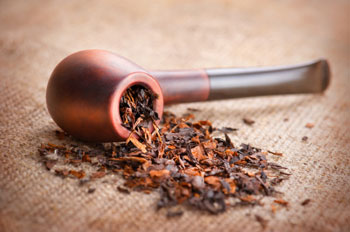 Bringing this single, rather dramatic change to light, however, doesn’t begin to address other differences that necessarily took place to the remaining ingredients over a similar time frame. So, if we want to attempt to "recreate" a mixture with such an "interesting" history, which version would serve as our blueprint? For our purposes here, we’ll choose a sample produced in 1979, one which would have contained 50% Latakia. (Please bear in mind, this is being used only as one example. Any blend could have been chosen for this exposition, with similar development.)
Bringing this single, rather dramatic change to light, however, doesn’t begin to address other differences that necessarily took place to the remaining ingredients over a similar time frame. So, if we want to attempt to "recreate" a mixture with such an "interesting" history, which version would serve as our blueprint? For our purposes here, we’ll choose a sample produced in 1979, one which would have contained 50% Latakia. (Please bear in mind, this is being used only as one example. Any blend could have been chosen for this exposition, with similar development.)
If, hypothetically, we magically gained access to identical leaf and identical processes, and were able to precisely recreate the formula of our prototypical sample, then one smoker with intimate familiarity with our historic mixture, coupled with exemplary sensory memory, might taste our new creation and remark that it does, indeed, remind them very much of what they remember smoking 33 years ago. Another smoker, on the other hand, might have become accustomed to one of the later versions, perhaps the final one, and in that case, they may find our attempt noble, but our result somewhat feeble, and quite unlike their own wistful, and equally acute memories. Two smokers; two very different experiences, without even taking into consideration the fallibility of memory.
But, what about the rest of us who may have taken up the pipe more recently? Any sample of this storied blend this group may have tasted is, by definition, old, and that brings a whole new kettle of worms to the party. Turn up the music; it’s time to dance.
Two tins of the same tobacco, produced at the same time, will rapidly begin changing, a fact well known and enjoyed by those who enjoy aged mixtures. What’s probably somewhat less obvious is that the respective storage conditions under which those two tins are kept will play a sometimes dramatic role in what we experience when we finally open them. I recently had the opportunity to see just how significant this could be when a friend sent me a sample of one of my own blends, one that he’d aged for several years, and I compared it with another sample of the same vintage that had been kept in my own "cellar." The difference was remarkable, and quite surprising; if I hadn’t known what they were, I would not have thought them the same blend. It’s conceivable that, given sufficient time, these two tins would have ultimately converged on something rather more similar to one another, that they would simply have taken different roads to the same destination, but given the complexity of the biological and chemical changes that take place during aging processes, and my own 30 years of experience with aged and aging tobaccos, I don’t find this speculation particularly convincing.
So far, it seems like any attempt to accurately recreate the past is pretty much doomed to failure, and our task begins to look increasingly like a fool’s errand. Since we don’t have a time machine, we cannot, today, have a fresh experience of something that hasn’t been made for 33 years, and our memories, if they exist at all, are neither infallible nor immutable. What we’re left with is the project of trying to recreate something new to simulate something old when it was new, without regard for how it might have been stored during its long life, thus presenting us with a rather daunting set of challenges.
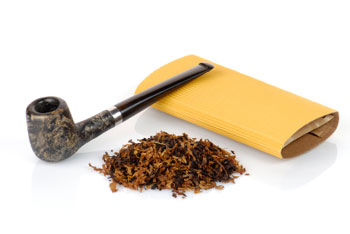 Even if it was possible to make something today that tastes very much like something with over 30 years of age behind it, what will a comparison of the two yield five years in the future? Tinned tobaccos age quite rapidly at first, but once they hit the five year or the decade mark, further changes occur much more slowly, until, ultimately, the blend hits its peak, stabilizes for a time, and begins its inevitable crawl towards a slow decline. When we return to revisit our two samples in a few years, the younger one will have developed from infant to adolescent, while the older example will simply be that much closer to its ultimate decrepitude.
Even if it was possible to make something today that tastes very much like something with over 30 years of age behind it, what will a comparison of the two yield five years in the future? Tinned tobaccos age quite rapidly at first, but once they hit the five year or the decade mark, further changes occur much more slowly, until, ultimately, the blend hits its peak, stabilizes for a time, and begins its inevitable crawl towards a slow decline. When we return to revisit our two samples in a few years, the younger one will have developed from infant to adolescent, while the older example will simply be that much closer to its ultimate decrepitude.
So, if we’re going to reach for a result that is at all faithful to the original, we’d have to somehow "subtract" the effects of age from our sample in an attempt to understand what it might have been when it was youthful, or "add" the effects of time to our youngster in the hopes of predicting its future, or some combination of both. Having spent a great deal of time and research learning how tobaccos change over time, I’ve reached the conclusion that this is much easier to talk about than to actually accomplish. But, we can experiment and make blends, and put them away to see what happens, and at the end of our exploration, if we’ve done well, we’ll have something we can at least enjoy. We can tell others about its genesis, and share the stories of what we’ve learned along the way. It might even be reminiscent, to some, of what we were originally aiming towards, a nice benefit of our efforts, perhaps. If replicating our classic tobacco was the only goal we had when we set out, the success or failure of our adventure would be determined by the experiences, past and present, of those who judge it. It really wouldn’t be sensible to take it all too seriously, and hear is where I begin to grasp for my final points.
The challenge of developing blends is, or should be its own reward, and new and wonderful things often can be found along the way towards what we’re striving to achieve. I’ve certainly been roused sufficiently by the experience of some vintage tins to create new blends of my own. Both Blackpoint andAbingdon, very different tobaccos, were inspired by the old 759 (see below). Piccadilly was sparked by an old Benson & Hedges mixture. Key Largo was inspired by a very old tin of Virginia #10. Triple Play was certainly not an attempt to recapture the spirit of Three Nuns, but was lured into existence in part by that fabled blend’s siren call. The list goes on. Creation of anything new is most often informed by that which has come before it, and tobacco blends are no different; even the most innovative have roots anchored deeply in the ground of the past.
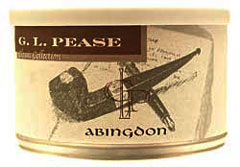 |
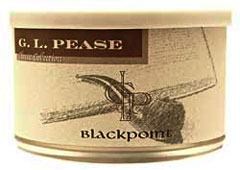 |
 |
To me, being inspired by something is a wildly different thing from attempting a forgery of it. I could spend my life trying to reproduce Boticelli’s Birth of Venus, and all that would ever come of the exercise would be the vague suggestion of a naked woman climbing out of a sea shell. A gifted painter might make a credible copy, but if that painter was in possession of such brilliant skills, wouldn’t they be better applied towards the creation of something new? Though I might enjoy a reproduction print of a famous painting on my wall, it would be silly to claim it to be "just like the real thing." So it is with tobacco blends.
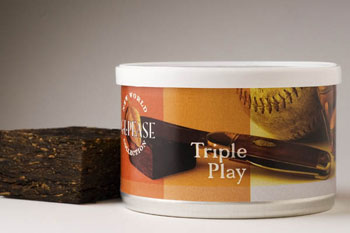 |
 |
So, why is it so tempting to chase after the past, even knowing that we can’t likely achieve what we set out to? Nostalgia, primarily, a longing for the past, the warm glow that comes from recalling the "good old days," whether or not we were there to enjoy them. This is part of what draws many people to the pipe in the first place, so it seems to follow that chasing ancient spectres is somehow almost inevitable, and it’s probably been a popular pastime for many during much of the past century; even when today’s celebrated legends were commonly available, there were others that had come and gone before them, equally mystical in their pull to smokers of the time. It’s certainly fun to ghost hunt, but it’s important to maintain a perspective that’s more firmly-grounded in the present. We have perhaps the widest assortment of tobacco blends available at any time in pipe smoking’s history. Many of them are certainly as good as anything that has come before them, and some will likely even become the legends of tomorrow. We should seek out those old, vintage tins when we can, if we want the experience, but we should also take time to celebrate the great mixtures of today, and stop worrying whether or not they are "just like" something they’re not.
Your turn.
– glp
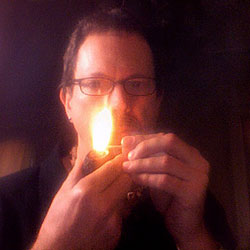
Since 1999, Gregory L. Pease has been the principal alchemist behind the blends of G.L. Pease Artisanal Tobaccos. He’s been a passionate pipeman since his university days, having cut his pipe teeth at the now extinct Drucquer & Sons Tobacconist in Berkeley, California. Greg is also author of The Briar & Leaf Chronicles, a photographer, recovering computer scientist, sometimes chef, and creator of The Epicure’s Asylum. |




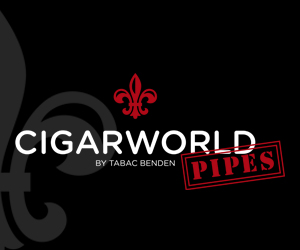







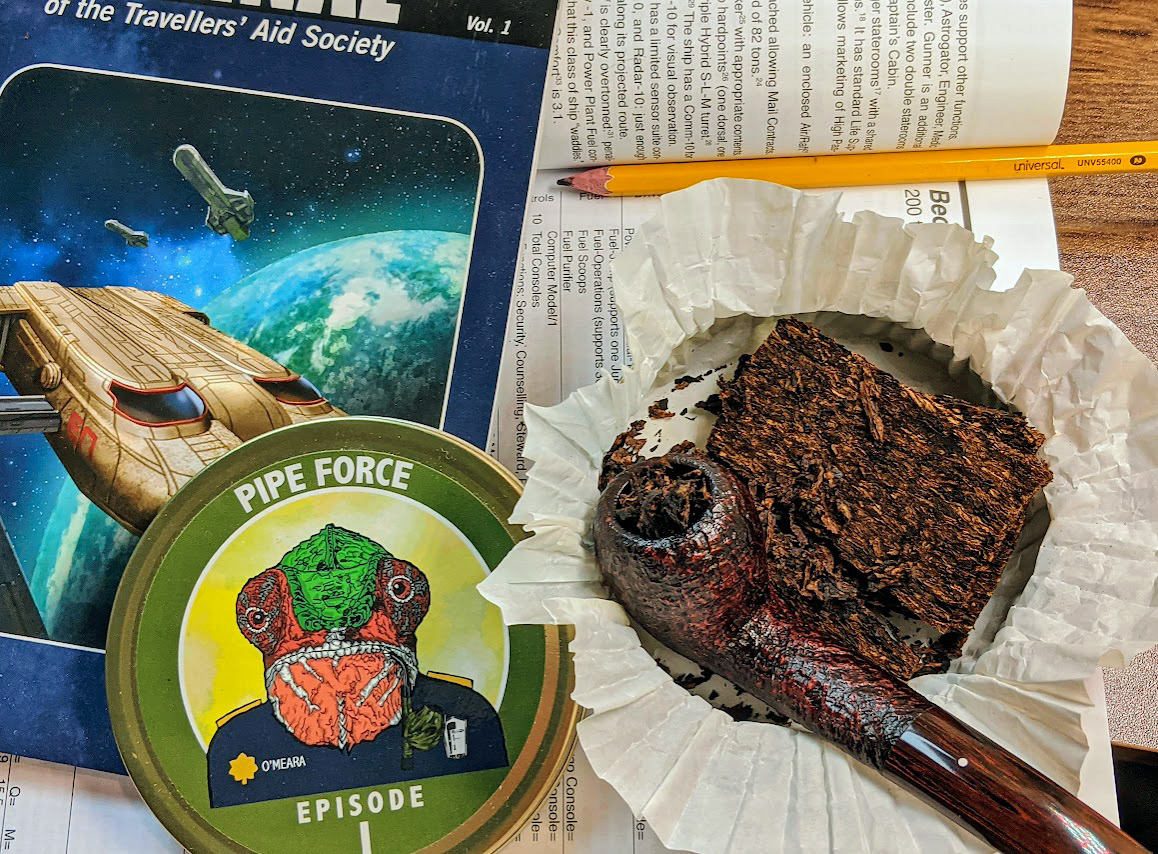
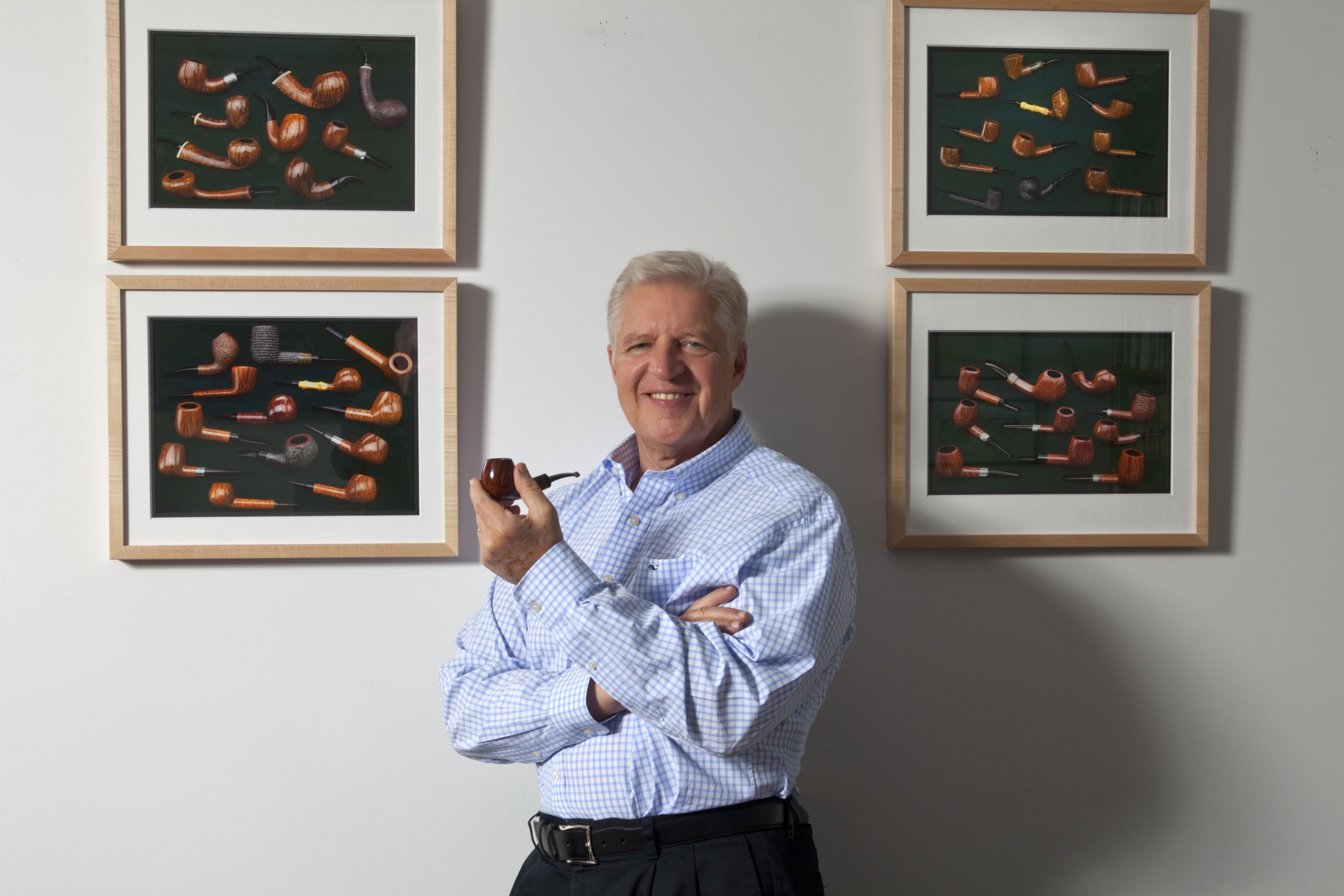






Excellent and informative article!
As a new pipe smoker, I’m not prejudiced by how blends of the past smoke. So, keep those new blends coming! You have so many blends now that I assume that all won’t survive in five years. Are there any GLP blends that you have stopped producing due to low customer demand?
Greg, ABINGDON is a masterpiece! thanks so much of rcreating it!
Greg, I had no idea Triple Play was inspired by 3 nuns, I have added this to my list. Great take on the subject.
An entertaining and informative read, Greg…it’s always nice to have a little light shed on the alchemy of the industry. It has never ceased to amaze me that two blenders can set out to recreate a blend, resulting in two similar, yet completely different creations; both of which pipe-smokers swear are dead-on clones of the original…however it now makes (a little) more sense.
I can’t help but wonder, however, how much “brand loyalty”, and subjective memory also play into the pipe-smokers opinion.
What with this and Russ’ tandem article, I realise that I’m fortunate (old) enough to have lived and smoked through, what I believe, is the total golden age(s) of pipe smoking.
Sure there are past blends I remember with the fondness derived from nostalgia but, believe me, they were not necessrily better than today’s new creations coming from the US master craftsmen, merely different – (wait, what effect does aging have on taste memory?)
I’d be more concerned with trying to bring back old (and expensive) processes of toasting and aging of the best base tobacco’s that are available today.
Perhaps it’s already started with series like Old London and other recent excellent new blends.
To me the barrier, and forgive this coming from a Brit who is used to paying far more for baccy than in the US, is that the majority want it cheap as well as good; this is impossible – there are no free lunches!
Very well said. Like Jimbo, I too believe we are living in a golden age, with a multitude of new blending houses. In fact, would our pipe ancestors to travel to the present, they would be slack jawed in their amazement. Same goes w/ current pipe artisans. Great read, Greg.
Thanks for the great comments, gentlemen. A couple of things: First, though Triple Play was inspired by Three Nuns, it’s not at all the same sort of thing. You will probably find some common threads between them, but the experience is totally different. As to this being a Golden Age, I agree. But, let’s not ignore the availability of different leaf that was once available to the small blending house. Imagine where we’d be if we had access to all the different varietal orientals on a regular basis! We work with what we can get, what is sustainable, but I often lust after some of the leaf sources of the past.
The discussion around blends of the past seems to be endless. I love aged tobacco and have a cellar full of it, but I can’t help but think we are in the very best of times in the pipe tobacco world. I believe this to be true in the pipe making world as well. I would love to see a story on the “why’s” of storied blends leaving us forever. If so many were so loved, why are they gone? I fully understand the general reasons why, but it would be interesting to pick 5 or 10 storied blends and learn the specific reasons for their demise.
I like the idea of a blend that is thought to be as smoked by our ancestors. I enjoy Gettysburg by Olde Virgina Tobacco Co. for its taste, aroma and connection to a time in history. I also recently tried Founding Fathers by C&D and it is nice. I do not fool myself into thinking it is a replica and appreciate that the tobacco’s are surely much better than the soldiers had then.
I understand Greg’s point that they cannot be duplicated but having a sense of the past is appealing. I hope that some of the artisan blenders would try others as I bet other modern day pipers would like to try them. So many blends today read like many others. From a marketing standpoint that would set a new blend apart from the crowd.
I really enjoyed this months column. A very informative essay. This topic is always open to discussion. Often, this topic is the stuff of myth and legend. Mr. Pease went a long way to bring some logic and empirical observations to the table. He shed light on a subject that many of us have opinions; however, not supported with his pragmatic detail.
Great article,Greg! Having been a pipe smoker for over 30 years, I also remember some of the great old blends that are no more,(especially my beloved Bengal Slices) but I think we’re really better off now overall with all the choices of great artisan blends that are out there now.
Thanks for your insight and perspective. Well done as always.
Thanks for a wonderful article examining the problems of recreating a blend from the past. I found the comments to be as edifying as the essay itself.
.
I might add that one’s pipe, and its history, also confound the issue: I enjoyed old John Cotton’s Smyrna when my trusty GBD bulldog was “green”, and I wonder what it would be like now that the pipe is well seasoned.
.
Kudos also for the excellent pix accompanying the text.
Nicely done, Greg. This is an important article and goes nicely with the Balkan Sobriety.
I AM So glad you wrote as you’ve done here. I’ve read too darned many articles about somebody trying to make another Balkan Sobranie. You’ve pretty much very politely said here that it can’t be done nor can any other ‘legend’ blend be duplicated. The are what they are, aged blends and to try to make another blend and call it ‘just like’ something that hasn’t been produced for a generation is Ludicrous in my opinion.
Yeah I have a couple tins sitting around for a later time. Some is ‘toasted VA that is now 7 yrs old. Fresh, it’s one of my favorite lighter smokes. Is it time to open it? I don’t know. It is a couple tins that just got moved around in the shuffle of everyday goings on and when I found it a couple yrs ago I chose to just put it up and leave it a while. Any suggestions?
Nostalgia? Forgery? That seems harsh. I don’t think people who enjoy old blends or would like to see them revisited are living in the past any more than you are. Why do we drink old wine? There is certainly plenty of new wine at the store. Old scotch? Same story. Why do we make great recipes from cookbooks? Or recreate Mom’s meatloaf? There are millions of new recipes to try. Why do we listen to old music? When, depending on what genre you’re talking about, we’re living in a golden age of music. Don’t you have a few old pipes?
Greg, where you touch on these points I agree. People are driven by emotions (for better or worse) not logic. Nothing can be recreated anyway. Somebody said you can’t step in the same river twice. Some other guy trying to outdo him said you can’t step in the same river once. Blends that recreate are just as noble as new blends…if anything is really new anyway.
Don’t we live in a golden age of pipes & tobaccos? I think we do. And its great with me that there is an appetite for the old and new. Whether a blend can actually be recreated is beside the point. It makes the experience that much more rich. For me anyway.
Excellent article that fully expresses my views as well, especially with the mention of blends that have well passed their prime. I once was gifted with a blend that was over 40 years old. I found it tasteless and void of any enjoyment, much like smoking paper. Such a disappointment and I was thankful that I had not paid for it.
I totally agree with the view that there are many new blends to try and I enjoy the experience of each and every one I try.
We drink old wine because it has aged to become something greater than it was when it was young. We drink old whisky because all those years in the barrel have made it smoother, more complex, more balanced, special. We smoke old tobaccos for similar reasons; time has worked its magic to make the contents of those ancient tins something it was not in its youth. Old pipes are better than new pipes, not because they are old, but because they are well loved, well smoked, well seasoned, and as a result, offer their caretaker a deeper, richer experience. The appreciation of old things is not the same as attempting to revivify old corpses; neither is it the same as “living in the past,” and I present no implication that it is.
But, that has little to do with what I’ve written, here. You said it yourself; “nothing can be recreated, anyway.” That’s the point, isn’t it? I have, over the past 30 years, smoked many of the classic blends of yesterday. Some of them, I loved back in the day, some of them, I still love. My treasured Garfinkel’s Orient Express #11 has always been, to my taste, the finest expression of this style of blend, and remains so to this day. The stuff was made in the 1970s, so when I started smoking it in the 1980s, it was already pushing up against a decade in the tin. I have no clue what it tasted like young, and I don’t really care. I have a few pounds of it, and when it’s gone, it’s gone. It would be folly to even attempt to replicate it, and ludicrous to claim any result of such an attempt to be “like it.” Old, aged tobacco cannot be duplicated without the benefit of time, and without the test of time, there is no way to assess anything new as being “like” something old.
But, I think I’ve already pretty much said that.
glpease said, …”But, I think I’ve already pretty much said that.” If not, you will! 🙂 When you talk about recreating blends as “revivifying old corpses”, that seems to be your personal blending ax to grind. Greg, you are an acknowledged master in blending. You know more about the subject than I will ever understand. Your views & explanations about the technical impossibility of duplicating blends makes perfect sense.
But you won’t succeed in getting people to not desire something that is rare and legendary. There are many lovely blends of today that I greatly enjoy. There are old blends that are fun to sample & savor. If somebody wants to “recreate” them in some sense then why rain on their parade?
I do agree w/ Greg, but I also enjoy attempts at recreating blends from the past. A case in point might be Spilman Mixture, by the E. Hoffman Company, Chicago. This is a great blend, in and of itself. But, having never had the original, I can’t make a comparison. But, I am sure thankful that this attempt at recreating a blend from the past was undertaken. As the modern product is superb. The same may be said of Russ Ouellette’s Black House. An exquisite blend. Carry on.
I have been thinking about your article since you posted it, Greg. It is informative, interesting, and well-written. I do want to ask you two specific follow-up questions. First, I am asking from an non-blender’s perspective if it would be “genuine” for Gallaher to have stuck with “final” recipes and kept BSSM, #759, and Virginia #10 in continual production from October 1982 onward, but a “forgery” if production transferred to another manufacturer using the same processes and recipes? There are really two questions hidden in there. One is whether a blend kept in continuous production for decades is the same blend when “fresh” year after year, decade after decade, putting the aging factors aside? The other part of my question is whether a blend or blends can survive a move from one manufacturer to another and remain the “real deal?” Related, but different, question next.
Mike McNeil says Blue Mountain was “inspired” by the legendary #759 and Russ’ Black House sought to “emulate” a dark Balkan-type mixture. I am pleased to learn from you that Abingdon and Blackpoint were also inspired by BS #759. Blue Mountain and Black House used one, aged tin as a protype for their experiment. What version(s) of #759 inspired you and what was/were the prototype(s)? I follow your caution about using one, aged tin as normative for recreating an “out of print” blend. With the provisos (helpful) in mind, the Chicago Thrown blends are some pretty tasty experiments, as is Abingdon (Blackpoint needs to join my stash, too).
Good point Pipeline! You’ve identified a neat paradox of “revivifying old corpses” that haven’t died yet. As a non-expert I understand that tobacco blends are processed agricultural products. This year’s crop will vary from last year’s. Consistency of blends over time is a great challenge. But that said, how can a blend made over time by the same mfg be a forgery? And if a new mfg picks up the “recipe” and makes the stuff what’s wrong with that? The Wisdom of Crowds proves that consensus rather than “expert opinion” is much more accurate in estimation. If the crowd enjoys it, let the experts quibble over how many angels can dance on the head of a pin. Is the subtext of the Greg’s article suggesting we feel bad putting old favorite blends on a pedestal?
BTW, the Chicago Balkan Sobranie Throwdown was a challenge for 3 great blenders to try & do the impossible by creating a blend as close as possible to the Original 759. Not only was it terrific fun but we also got 2 wonderful blends in the marketplace from McClelland and Hearth & Home. And coincidentally, Arango reintroduces Original Smoking Mixture. I guess recreating old desirable blends does pay off for the pipe smoker!
To me it’s all good. Like I said earlier, the Golden Age.
Hi Matt,
The Chicago Throwdown sounds like it was great fun. I have enjoyed both the blends and the stimulating reflections arising from the event. I know you played a big part in putting on the event, so you must feel particularly pleased- deservedly.
“Is the subtext of the Greg’s article suggesting we feel bad putting old favorite blends on a pedestal?” is the question you asked above. My impression is that the answer would be “No.” Greg has written much about old, “out of print” blends and his fondness for them. I do not read his articles as begrudging anyone’s affection for old, favorite blends, nor bashing anyone for “blending while inspired” by those old favorites.
As to my questions above to Greg, they really are questions, not statements. I have no doubt that Greg can provide useful insight as a knowledgeable tobacco blender, as well as being history-curious and a dedicated pipe smoker. He is both expert and part of the smoking crowd.
Happy puffing!
Pipeline
I think Greg’s statement about ‘Triple Play” being inspired by 3 Nuns but not an attempt to re-create it or even recapture its spirit is a fair game to play. Even admitting that you’re trying to recapture the spirit of an old blend is no shame, as long as you’re not claiming to duplicate it outright. It may be enough to make some smokers smile as they savor the taste of the new and the memory of the old simultaneously. But some people long so painfully for an old “friend” that they’ll try anything that claims to be a copy. Can’t blame them for that. But echoing the feelings of many, there are lots of wonderful blends now in this golden age, so let’s enjoy them. And thank you for all the great ones you’ve given us, Greg.
Perhaps most pertinent in the article is Greg’s proviso that, “It really wouldn’t be sensible to take it all too seriously.” If it doesn’t exist outside the confines of memory, then it can’t be smoked, can it?
Also this article got me to thinking about the frequent comparisons to wines and spirits. One thing very absent with those, though, is the idea of recreating a particular vintage–why has no-one tried to duplicate a 1961 Chateau Lafite-Rothschild, for example? Well, because it simply can’t be done. And rather than bemoan the singularity of that, I think Greg’s point is that part of the joy of these experiences–eating, drinking, or smoking–is precisely that they are fleeting, ephemeral, and survive only in memory. That’s not to say it’s no fun making new tobaccos / wines / et cetera with a nod to that which came before, and we all benefit from the exercise.
In short, thanks for another superb read.